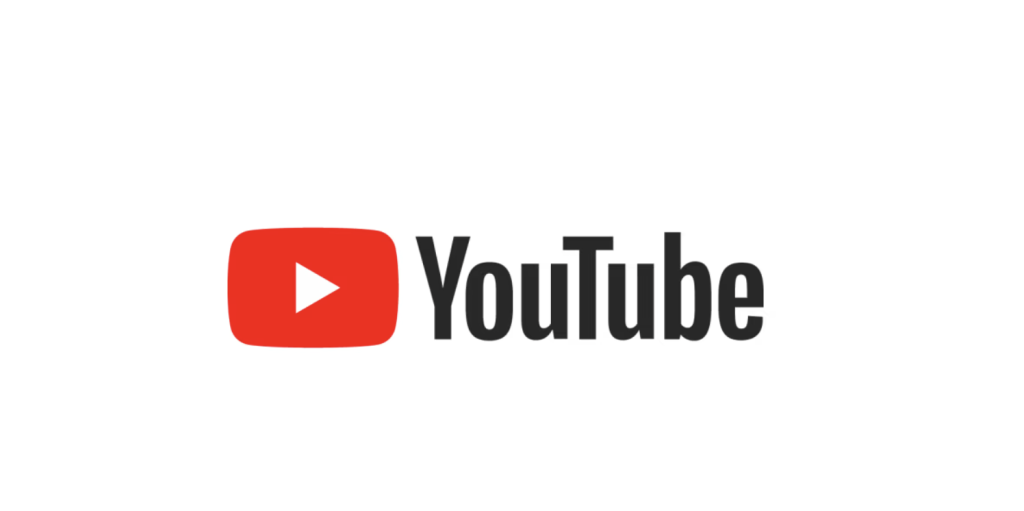Discover YouTube’s latest algorithm changes and what they mean for content creators. Learn how to adapt, grow and boost visibility
Several creators have noticed significant shifts since mid-August 2025. Key observations:
- Viewership drops: Creators in many niches are reporting decreases in views—some of up to ~30-40%. (PPC Land)
- Desktop vs Mobile traffic: Before the change, desktop traffic was often comparable or higher. After ~13 August, mobile has overtaken desktop significantly. Desktop views have declined sharply. (Net Influencer)
- Restricted Mode / content filtering: Videos which creators believe don’t violate any rules are nevertheless being hidden or filtered (or seeing reduced visibility) under restricted modes. Creators say that many of their videos appear under “restricted mode” despite no visible flags or restrictions in YouTube Studio. (PPC Land)
- Engagement vs views metrics changing: Like counts haven’t dropped as much in many cases as view counts, meaning the ratio of views to likes (or other engagement metrics) is changing. This suggests YouTube might be filtering or changing how kinds of views it counts or which ones get surfaced. (Net Influencer)
- RPM (revenue per mille) seems to be increasing in some cases even while views decline. This suggests the monetisable views (or the views YouTube considers eligible for monetisation) might be a smaller subset of total views, and fewer non-monetisable (or low value) views are being counted. (Net Influencer)
Also:
- YouTube has introduced an AI-based age-estimation system. If the system thinks a user might be under 18 based on viewing history, then certain content may be treated differently (e.g. restricted). (PPC Land)
- There’s an emphasis (in other recent policy updates) on originality / authenticity. Content that is reused, repurposed, or clearly derivative without added value is being scrutinised more. (The Economic Times)
Why these changes seem to be happening
From what’s been reported and what YouTube has publicly said:
- Regulatory pressure & content safety: There’s growing legal / regulatory concern around content aimed at minors, misinformation, or harmful content. Age estimation tools help comply with legal requirements, especially in regions with stricter rules about youth content. Filtering via restricted modes is part of that. (PPC Land)
- Advertiser friendly content & monetisation safety: Ensuring that ads are shown alongside content that meets advertiser expectations (in terms of content, age, originality) is a priority. Filtering non-advertiser-friendly content is likely part of the algorithm changes. (The Economic Times)
- Using AI for scaling / moderation: YouTube is making more use of AI in different capacities (age-estimation, dubbing, likeness detection) which may lead to more filtering, more automated decisions, possibly more opaque ones. (Axios)
- Improving viewer experience / reducing “low value” views: The drop in desktop vs mobile, the changes in what counts as “views”, and filtering may be part of a push to reduce “clicks” that lead to low watch time or low engagement, i.e. deprioritising content that doesn’t hold attention or seem useful. YouTube has said before that metrics like watch time, satisfaction, and retention matter more than just raw view counts. (Social Media Dashboard)
What it means for creators
If you are a creator (small, medium, or big), here are possible implications:
- Lower total view counts may become more common, especially from desktop platforms, or via contexts filtered by restricted mode / younger audiences.
- Engagement metrics (likes, comments, shares, watch time) will matter relatively more; a video with fewer viewers but high quality engagement may perform better than one with many low-engagement views.
- Originality and “added value” in content will be increasingly important: reuse, repetitive content, or content purely made from recycled clips is likely to be de-prioritised / monetised less.
- Audience targeting / awareness of age filters: If a user is considered under 18 by YouTube’s estimation, some content might not reach them or might be moderated differently. Creators might need to think about how their content is perceived and whether that triggers restrictions.
- Ad revenue stability may shift: Even if views drop, the views that are monetisable may hold more value; thus RPM might rise but the total revenue might still drop if view count falls enough.
- Content strategy (format, platform) might need adjusting: e.g., focusing more on mobile-friendly content, shorter intros, stronger hooks early, more engaging content that retains watchers, etc.
What creators can do to adapt
Here are some strategies to mitigate negative impacts / benefit from the new environment:
- Audit your audience & analytics closely
- Find which content types lost most reach.
- Look at age / location / device stats to see whether certain segments are being filtered or seeing drop-offs.
- Increase engagement early in the video
- Hook viewers in the first few seconds.
- Use strategies to encourage likes, comments, shares, and saves.
- Prioritise originality & value
- Add your own voice, insight, editing flair. Avoid merely stitching together clips from others without significant commentary or transformation.
- Where possible, avoid over-reliance on reused or AI-generated content unless it’s enhanced / curated heavily.
- Keep content mobile-friendly
- Most traffic now seems to favour mobile more—and possibly shorter attention spans.
- Think about vertical (or optimized) formats, fast pacing, strong visuals early.
- Be mindful of policy / age-related content flags
- Avoid ambiguity that might lead YouTube’s age estimation or restricted mode to misclassify your content.
- If you have content that might be sensitive, include appropriate disclaimers or tags.
- Diversify reach
- Promote content outside YouTube (social media, websites, newsletters) so you’re not solely dependent on algorithmic discovery.
- Use evergreen content: things that can resurface when trends arise.
- Experiment and iterate
- Try different formats, lengths, titles, thumbnails. See what retains best under this new regime.
- Monitor new metrics: watch time, retention, exit points.
Possible risks / uncertainties
- Creators often don’t get full transparency from YouTube, so figuring out exactly why drops happen can be hard.
- Algorithm changes may be rolled out gradually or unevenly, so what works for one channel/niche may not work for another.
- If a large portion of reach gets filtered out (e.g. restricted mode, under-18 estimation), even well-made content might underperform.
- Over-optimising for algorithm might lead to stale content or burnout if you move away from what you enjoy or what your audience values.
Conclusion
YouTube appears to be shifting toward favouring content that is:
- more original and adds value,
- more engaging and retaining audiences well,
- more compliant with age / safety / advertiser friendliness,
- more mobile-friendly,
while reducing visibility of content that doesn’t meet those thresholds. For creators, this means adapting—improving engagement, sharpening content strategy, being mindful of policies, and possibly expecting that view counts won’t behave the same way they did before.




